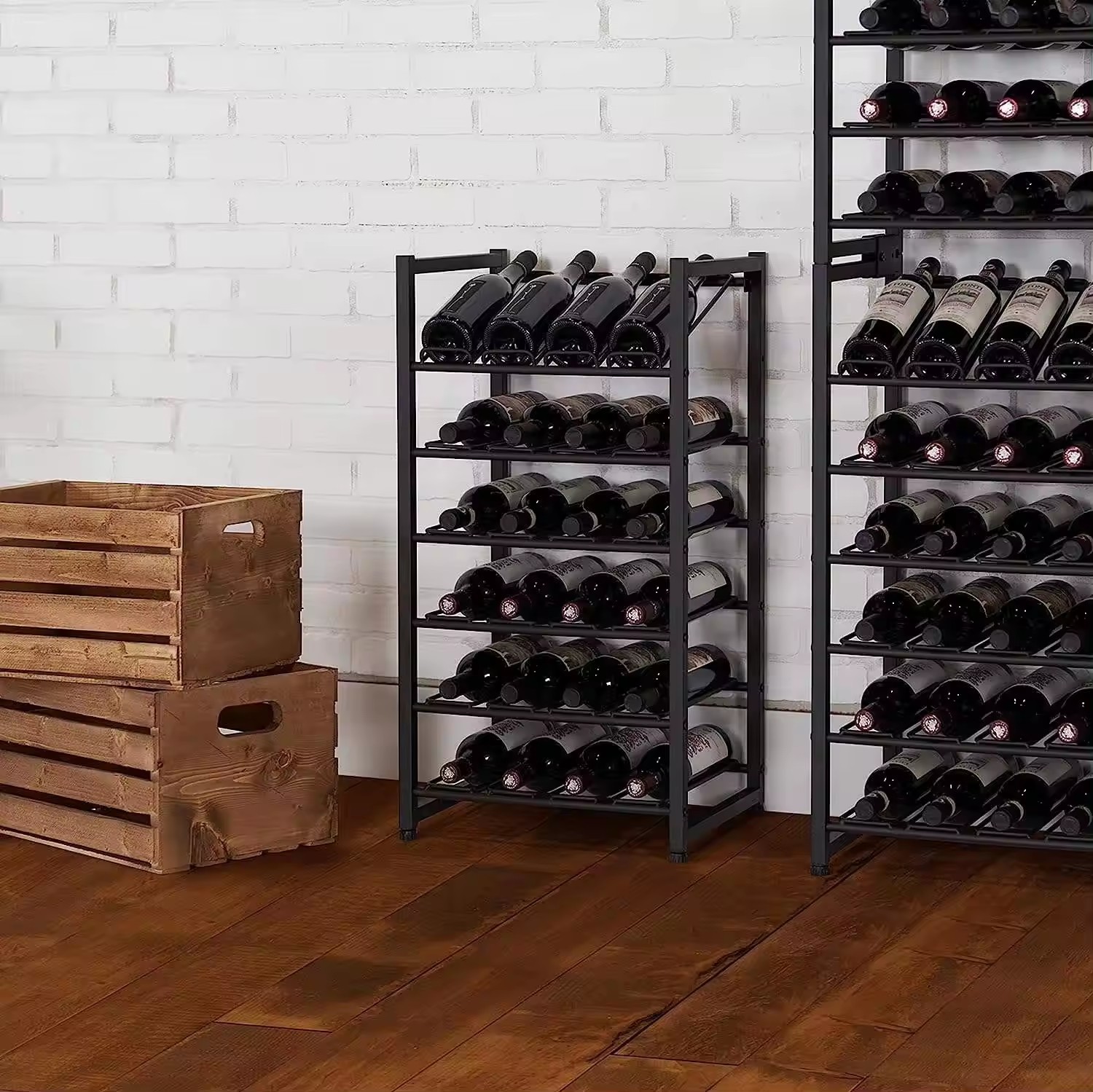A modern refresh of traditional cooking on a wood stove
Date:
2024-04-29
In today's fast-paced world of instant gratification and convenience, the traditional method of cooking on a wood stove may seem like a thing of the past.
Reviving the age-old art of cooking on a wood stove in a contemporary setting.
In today's fast-paced world of instant gratification and convenience, the traditional method of cooking on a wood stove may seem like a thing of the past. However, there is a growing movement towards reviving this age-old practice and incorporating it into modern kitchens.
Cooking on a wood stove involves using a wood-burning stove as the main source of heat for cooking. This method of cooking has been around for centuries and is still popular in many parts of the world. Not only does it provide a unique flavor to the food, but it also allows for more control over the cooking process.
One of the main advantages of cooking on a wood stove is that it allows for slower and more even cooking. The gentle heat of the wood stove helps to tenderize meats and develop complex flavors in dishes. It also allows for a greater range of cooking techniques, from roasting and baking to simmering and stewing.
In addition to the culinary benefits, cooking on a wood stove also has environmental advantages. Wood is a renewable resource, making it a more sustainable option compared to traditional gas or electric stoves. By using a wood stove, you can reduce your carbon footprint and lower your energy costs.
To incorporate cooking on a wood stove into a modern kitchen, there are a few key considerations to keep in mind. First, you will need to ensure that your kitchen is properly ventilated to handle the smoke and heat generated by the wood stove. You may also need to install a chimney or other ventilation system to safely remove the smoke from your kitchen.
Another important factor to consider is the type of wood you use for cooking. Hardwoods like oak, maple, and hickory are ideal for cooking on a wood stove, as they burn more slowly and provide a steady source of heat. Avoid softwoods like pine or cedar, as they can produce excessive smoke and soot.
When cooking on a wood stove, it's important to be patient and attentive. Cooking with wood requires a bit of trial and error to get the hang of controlling the temperature and heat output. With practice, you'll be able to master the art of cooking on a wood stove and create delicious meals that rival those made in a gourmet kitchen.
In conclusion, cooking on a wood stove offers a unique and rewarding culinary experience that combines tradition with modern convenience. By reviving this age-old practice in a contemporary setting, you can enjoy the rich flavors and aromas of wood-fired cooking while reducing your environmental impact. So why not give it a try and bring a touch of old-world charm to your modern kitchen?








